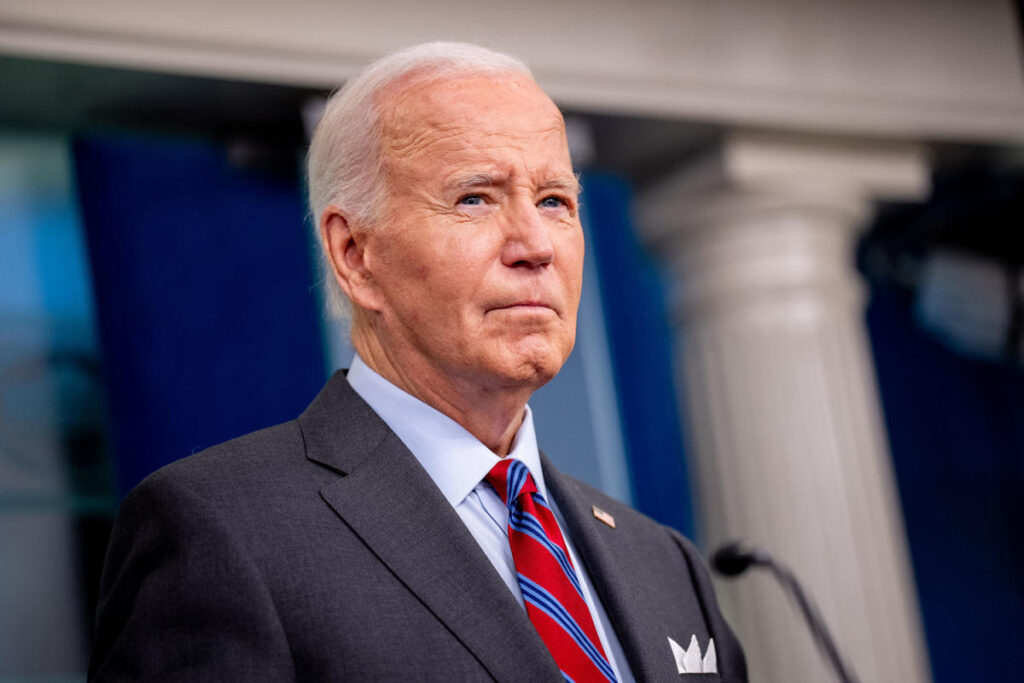President Joe Biden has recently authorized Ukraine to utilize U.S.-supplied long-range weapons for targeted strikes within Russian territory, marking a significant shift in U.S. policy. This decision comes amidst escalating tensions in the region, notably due to North Korea’s deployment of thousands of troops to the Kursk area to bolster Russian forces engaged in the ongoing conflict against Ukraine. The new directives specifically pertain to the Army Tactical Missile Systems (ATACMS), a weapon system that Ukrainian officials have been advocating for. Previously, U.S. officials had been hesitant to provide such weapons, citing concerns over depleted stockpiles and the strategic repositioning of Russian forces beyond their effective range, in addition to Ukraine’s effective use of drones to deliver strikes.
The shift in policy also reflects the Biden administration’s growing apprehension regarding North Korea’s involvement in the conflict, which is seen as a potential escalation in the war dynamic. The ATACMS could potentially be deployed in the vicinity of Kursk, an area now being fortified by North Korean personnel. Despite the significance of this policy change, both the Pentagon and the White House have refrained from commenting on the specifics of Ukraine’s new authority to use these weapons for strikes deeper into Russia.
While the Biden administration’s authorization allows for the use of long-range capabilities, it is worth noting that earlier this year, Biden secretly permitted Ukraine to strike just over the Russian border, a clear indication of a more flexible stance on the use of American armament. Prior restrictions that prohibited Ukraine from using longer-range weapons in Russian territory have now been eased, particularly as concerns mount over the North Korean presence in the region. This policy change is viewed as Biden’s attempt to bolster Ukraine’s military response and ensure robust support in the face of increased threat from allied adversaries.
Over the course of the conflict, the United States has emerged as Ukraine’s most significant source of military aid, contributing approximately $175 billion to support their defense efforts against Russian aggression. This considerable level of assistance underscores the vital role that American support plays in Ukraine’s military strategy and overall resilience. However, as we approach a transition to a new presidential administration, particularly with President-elect Donald Trump, who has expressed intentions to decrease U.S. backing for Ukraine, there is concern about the potential impacts this could have on Ukraine’s capacity to maintain its defensive operations.
On a broader scale, the recent escalation of hostilities, including a heavy missile assault by Russia that resulted in civilian casualties and extensive damage to Ukrainian infrastructure, presents a stark reminder of the ongoing brutality of the conflict. The situation illustrates the precarious balance that must be maintained, both in the provision of military support to Ukraine and in the geopolitical considerations surrounding U.S. involvement. As Biden’s tenure approaches its conclusion, the administration’s decisions and the implications of this policy shift may shape the future dynamics of U.S.-Ukraine relations and the broader conflict with Russia.
In this context of heightened military engagement and international intrigue, the long-range weapons authorization signifies a critical juncture for both Ukrainian forces and U.S. foreign policy. The involvement of external entities, such as North Korea, complicates the landscape further and highlights the interconnected nature of global conflicts. The outcomes of this strategy—whether it can effectively deter Russian advances or exacerbate tensions—remain to be seen as the international community closely monitors the situation. The stakes are high not only for Ukraine but also for U.S. credibility and influence in a region increasingly marked by shifting alliances and military posturing.

